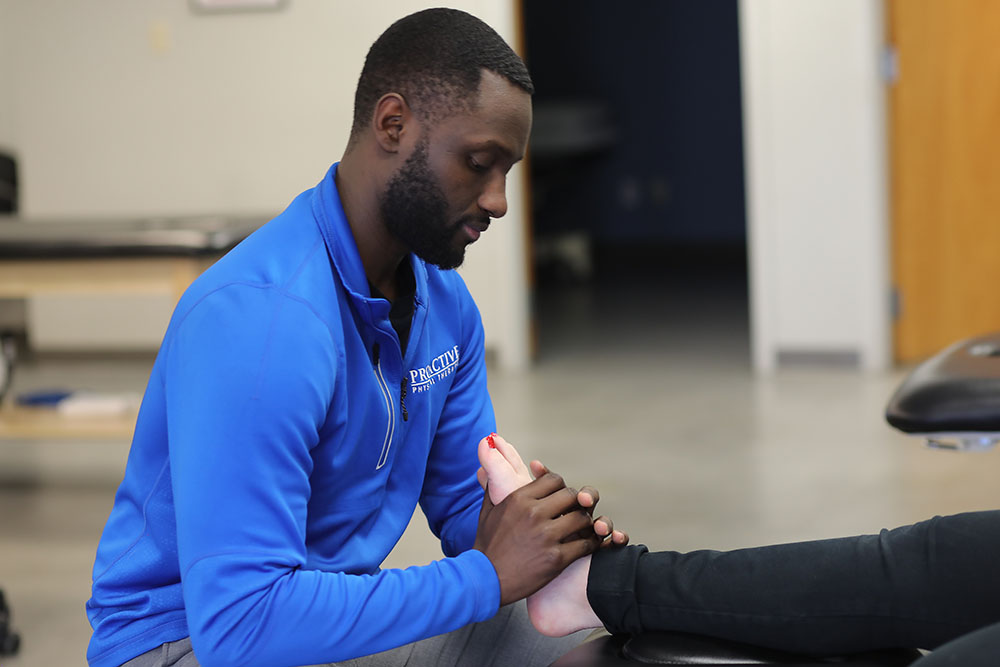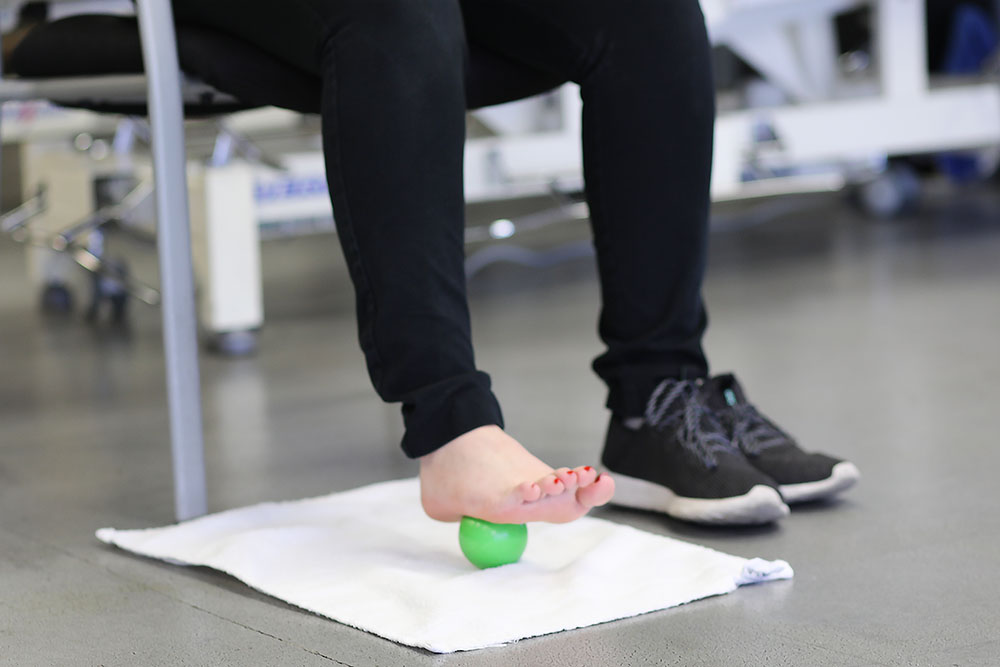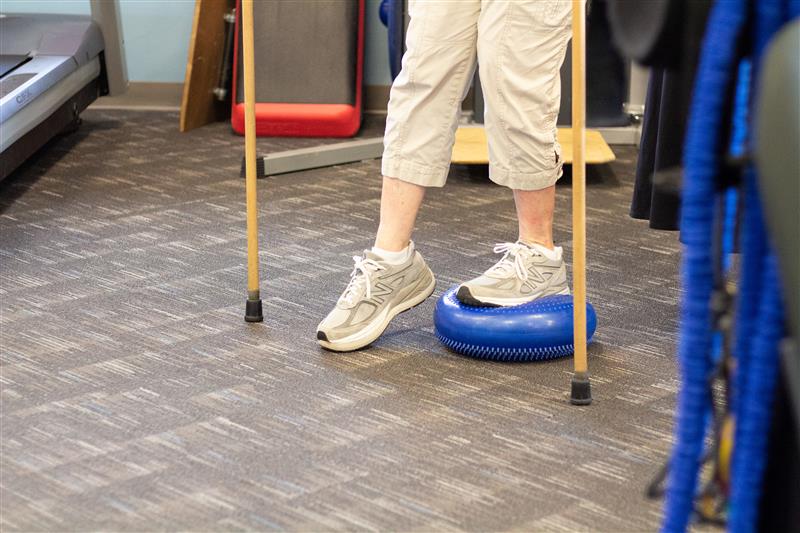Foot pain is one of the most common complaints among adults. It’s prevalent among runners but can affect anyone who spends much time on their feet. It hurts to put weight on your foot and worsens when you stand up after sitting for a long time. It is one of the most common reasons people visit their doctors. As the body’s largest weight-bearing organ, your feet take a lot of abuse—especially if you have flat feet or pronate when walking. One of the most common causes of foot pain is plantar fasciitis. The condition causes heel pain that worsens with activity and improves with rest. Plantar fasciitis often develops without warning and can be very frustrating for those who suffer from it and their friends and family members who want to help them get better.
For many people, the pain associated with plantar fasciitis lasts for years. The good news is that there are treatments for this condition. Whether you have been diagnosed with plantar fasciitis or not, it’s essential to understand why the pain occurs in the first place and what you can do about it. This article will help explain plantar fasciitis and why it happens so you can get back on your feet in no time!
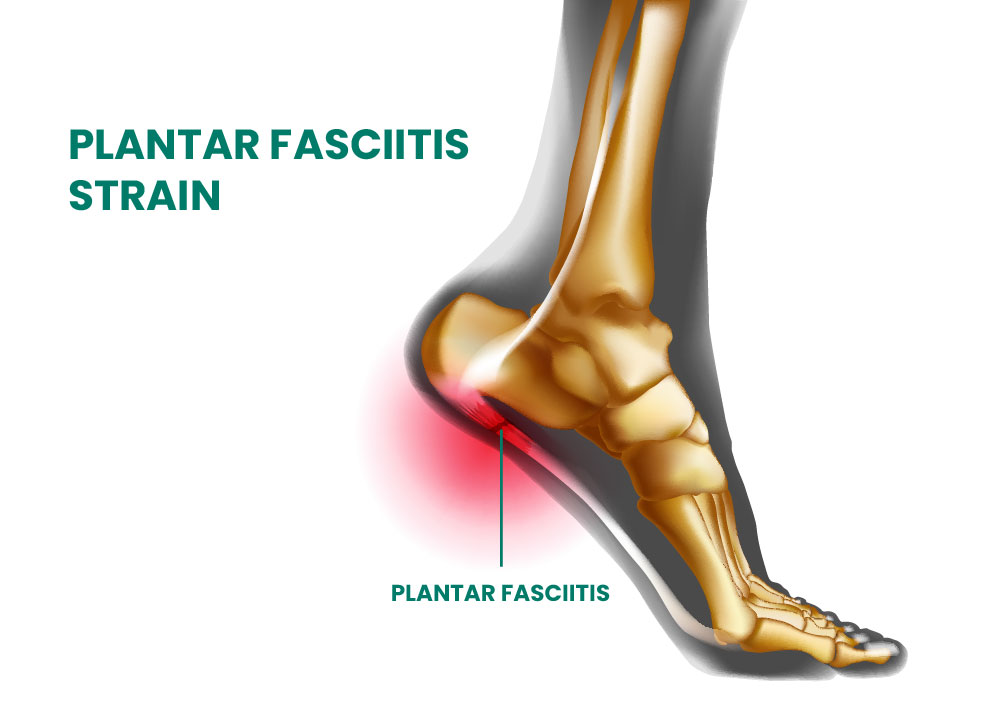
What is Plantar Fasciitis?
Plantar fasciitis is a painful inflammation of the connective tissue that runs along the bottom of your foot. This thick band of tissue supports your arch and helps you walk. Plantar fasciitis occurs due to inflammation of this ligament—the plantar fascia—and usually worsens with time, worsening when you’re active or standing for long periods. The pain usually starts in the heel but can spread to other parts of your foot and other joints in your legs and back.
What are the Causes?
There are many possible causes of plantar fasciitis. Some of the most common include:
Overuse
Repeatedly putting stress on your plantar fascia can cause it to become irritated and inflamed, leading to plantar fasciitis if not taken care of early enough. This can occur from walking or running too much on hard surfaces that don’t support your feet, such as concrete or asphalt, wearing shoes that are too tight or have poor arch support, or wearing high heels for long periods.
Flat feet (fallen arches)
People with flat feet tend to pronate more than those who do not have this condition, which means their arches collapse inward when they walk. This stresses the plantar fascia, which attaches to the heel bone due to pulling downwards during routine activities like walking or running. This leads to pain along the bottom of the foot.
Age
Although anyone can get plantar fasciitis, it is most common in people aged 30-50. Some studies have shown that women are at a higher risk of developing plantar fasciitis than men. Plantar fasciitis is more susceptible to older adults because they often have less elasticity in their tissues than younger adults, making them more vulnerable when exposed to repeated stresses placed upon joints throughout daily life.
Being overweight
Being overweight places extra pressure on both feet while walking, causing excessive strain on the plantar fascia ligament. One of the most important things you can do to prevent plantar fasciitis is to maintain a healthy weight and exercise regularly. Physical activity helps strengthen your feet, improve flexibility, and make them more injury-resistant.
Tight calves and Hamstrings
Tight calves and hamstrings can cause plantar fasciitis. The more flexible your calf muscles are, the less stress they place on your feet when walking. Stretching daily can help prevent plantar fasciitis by improving flexibility and reducing the risk of injury.
Improper footwear
Wearing the wrong shoes can make plantar fasciitis worse. Shoes that are too tight or don’t provide enough support can put unnecessary strain on your plantar fascia ligament and lead to injury. To avoid this, wear comfortable shoes with low heels (if you have one) and walk around before buying them to ensure they feel right.

Who’s At Risk?
Plantar fasciitis affects people of all ages and backgrounds — not just athletes or older adults with high arches. However, some groups are at higher risk for developing it than others:
- People who spend long hours on their feet, especially in shoes that don’t fit well or have poor arch support
- Those with high arches (overly pronating feet)
- People who wear high heels or flip-flops often (especially if they’re new to wearing them)
- Anyone whose jobs require a lot of walking — such as salespeople, teachers, nurses, and construction workers
- Runners and athletes who regularly train on hard surfaces like asphalt or concrete
- Older adults with flat feet
- People with diabetes or poor circulation
- People who are obese
- Those with foot injuries or previous surgeries in the area
- People who are pregnant or have recently given birth
Plantar Fasciitis Symptoms
The most common symptoms of plantar fasciitis are:
- Pain in the heel that gets worse with activity (especially first thing in the morning)
- Swelling and redness around the heel area.
- Pain when you make a fist with your toes or try to point your toes down toward the floor.
- Pain when you stand up after sitting for a long time.
Plantar fasciitis symptoms tend to worsen over time and with increased activities and exercise. If you have plantar fasciitis, talk with a doctor about managing your symptoms and preventing them from worsening.
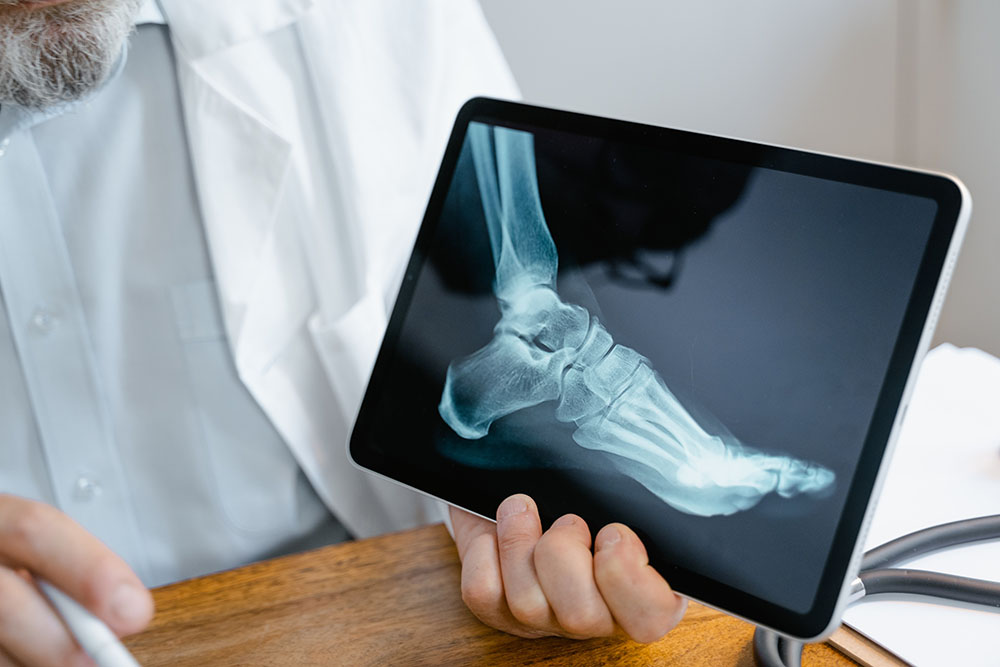
How Is Plantar Fasciitis Diagnosed?
A doctor will perform a physical exam to evaluate your foot and lower leg. Specialized tests may include:
- X-rays
- Diagnostic Ultrasound
- Electromyography (EMG)
- MRI scan
If your doctor suspects plantar fasciitis, they’ll likely refer you to physical therapy or, in some cases, a podiatrist.
What Are the Treatments for Plantar Fasciitis?
There are several ways to treat the pain if you’re suffering from plantar fasciitis. Here are ten treatment options:
1. Stretching exercises
You can perform standing or sitting stretches throughout the day to help loosen up your muscles and relieve tension on the bottom of your feet.
2. Night splints
These devices wrap around your foot at a 90-degree angle while you sleep. This will stretch out the plantar fascia ligament and reduce inflammation so that it doesn’t become too tight when you wake up in the morning.
3. Massage
Gently massaging around the affected area will stimulate circulation in surrounding tissues and help relieve any stiffness caused by inflammation from this condition in your lower extremity region (the area between your ankle joint). Sitting and gently rolling your foot with a tennis/golf ball can help release tension.
4. Anti-inflammatory medications
Regularly taking nonsteroidal anti-inflammatory drugs (NSAIDs) may reduce pain caused by plantar fasciitis. However, side effects such as stomach upset might occur when taking these types of medication chronically over time without consulting with a doctor beforehand!
5. Rest and Elevation
Resting and elevation are great tools to help decrease inflammation. Just make sure to elevate your leg above your heart.
6. Orthotics
These provide support for feet with high arches and shoes specifically designed for people who suffer from Plantar Fasciitis, which provide cushioning where it hurts most along with arch supports. The orthotics are built into them, so there is no need to worry about needing new inserts every month!
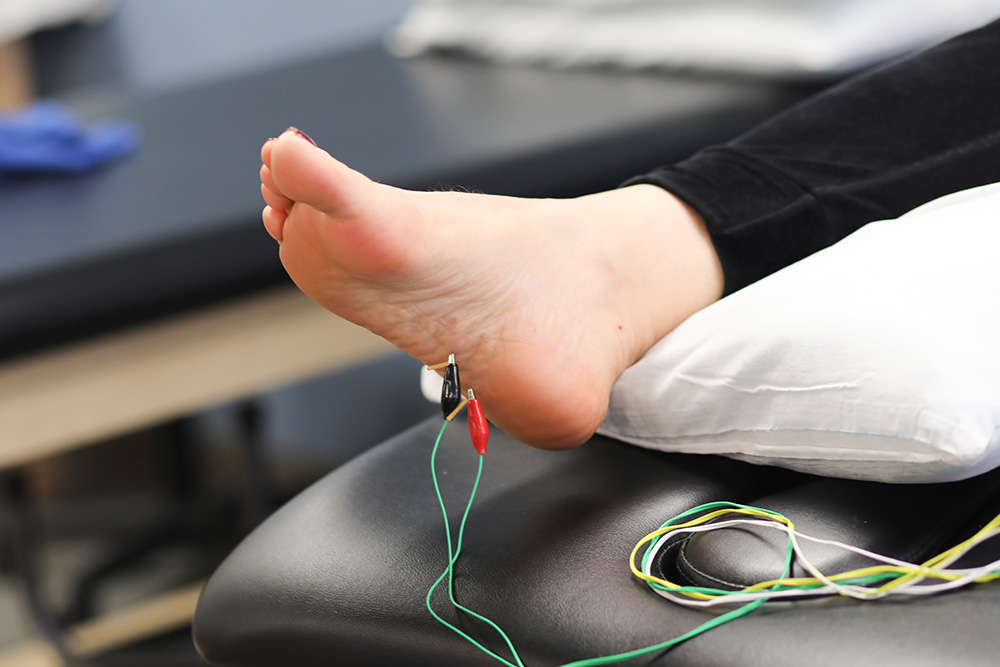
7. Physical therapy
Physical therapy may help strengthen the muscles in your feet and lower leg region, which may help relieve pain caused by plantar fasciitis.
8. Weight loss
Being overweight can put additional strain on your feet and lower extremities, making you more prone to developing this condition; therefore, losing weight may relieve pain caused by plantar fasciitis.
9. Ice
Icing the affected area for 15-20 minutes every few hours may help reduce inflammation in your plantar fascia. Freezing and rolling a water bottle on the bottom of your foot can help with pain/inflammation if you can tolerate the cold!
10. Surgery
Surgery may also be an option if all else fails. Still, results vary depending on the individual situation, so consultation with a doctor and your physical therapist before deciding if surgery is necessary.
Conclusion
Plantar fasciitis is a common condition you can treat with the proper treatment. You should not ignore it as it can lead to many other problems if left untreated, such as heel spurs, Achilles tendonitis, and stress fractures. Treatment options include stretching exercises, orthotics, and night splints, which will help relieve pain and swelling in the feet.
If these methods don’t work, surgery may be an option, but consult with a doctor for more information about this procedure before deciding whether to proceed. If you are experiencing any of the symptoms mentioned above, don’t hesitate to get an evaluation from one of our physical therapists at ProActive Physical Therapy to determine the best treatment option for you.
We have highly trained professionals who can help you determine the cause of your pain, treat it, and get you back to the activities you love.
For more information about our services or to schedule an appointment, please contact a clinic near you.

